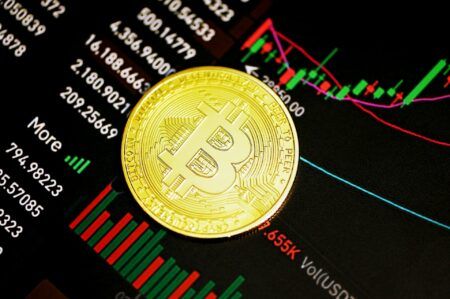On June 28, pseudonymous crypto analyst “Altcoin Moe” shared his insights on the social media platform X, outlining his top narratives for the current crypto bull run. He categorized these projects into three risk tolerance levels: super safe, intermediate, and high risk. Here’s what he said about Ethereum, Solana, XRP, and Cardano:
“Super Safe” Investments
Ethereum ($ETH)
- Potential Return: 3x to 4x
- Overview: Ethereum is listed as a super safe investment with a potential return of 3x to 4x during the current bull run.
Solana ($SOL)
- Potential Return: 5x to 8x
- Overview: Solana is also categorized as a super safe investment with a projected return of 5x to 8x.
“Intermediate Risk” Projects
XRP ($XRP)
- Potential Return: 6x
- Overview: XRP is considered an intermediate risk project with a potential return of 6x.
Cardano ($ADA)
- Potential Return: 8x
- Overview: Cardano is another intermediate risk project with a potential return of 8x.
At the time of writing, ETH, SOL, XRP, and ADA are trading at around $3,410.09, $141.79, $0.477, and $0.3861 respectively.
This means that Moe expects these cryptocurrencies to reach the following price levels:
- Ethereum (ETH): $10,230 to $13,640
- Solana (SOL): $709 to $1,134
- XRP: $2.86
- Cardano (ADA): $3.08
At this year’s Money20/20 Europe Conference, held from June 4-6, 2024, in Amsterdam, Ripple President Monica Long sat down with Arjun Kharpal, CNBC’s Senior Technology Correspondent, to discuss Ripple’s strategic initiatives and the evolving cryptocurrency market landscape. The conversation touched on the growing institutional interest in crypto, the launch of a US dollar stablecoin, and the potential for spot XRP ETFs in the U.S.
Long emphasized the significant influx of institutional interest in the cryptocurrency space, highlighting that major financial entities like BlackRock have played a crucial role in this shift. She noted that BlackRock’s approval for spot Bitcoin and Ethereum ETFs in the U.S. has been a pivotal moment for the market, drawing more traditional investors to crypto through ETFs and the tokenization of real-world assets.
According to Long, tokenization is emerging as a critical trend among traditional financial institutions. She mentioned that major banks, including Société Générale, are leading efforts to tokenize various securities such as bonds and equities.
Long announced Ripple’s plans to enter the stablecoin market with a dollar-backed stablecoin. She explained that the market for stablecoins is substantial, currently valued at around $160 billion, with projections suggesting it could grow to $3 trillion in the next four to five years. Long says the demand for stablecoins is driven by the need for easy access to US dollars globally and the efficiency they bring to global payments.
Ripple’s stablecoin aims to meet the needs of its financial institution customers who are looking for more efficient global payment solutions. Given Ripple’s longstanding reputation for trust, compliance, and security in the enterprise space, the company believes it is well-positioned to introduce a reliable US dollar stablecoin. Long confirmed that Ripple is working on the necessary infrastructure, including banking and distribution relationships and regulatory compliance, with a likely launch later this year.
Long clarified the complementary roles of the stablecoin and XRP within Ripple’s ecosystem. XRP continues to serve as a bridge asset for cross-border transactions, particularly for the long tail of currency pairs. The introduction of the stablecoin will not diminish the role of XRP; instead, both assets will be used in tandem to optimize payment solutions for Ripple’s customers.
The interview concluded with a discussion on the potential for spot XRP ETFs in the U.S. Long suggested that it would make sense for XRP to have a spot ETF, given its regulatory clarity in the US and its status as a top ten cryptocurrency by market cap and daily traded volume.
Featured Image via Unsplash








